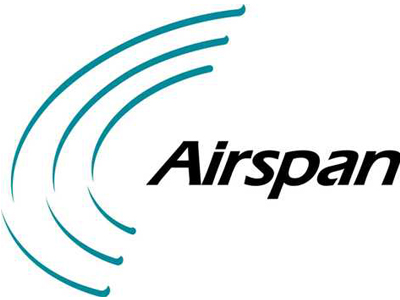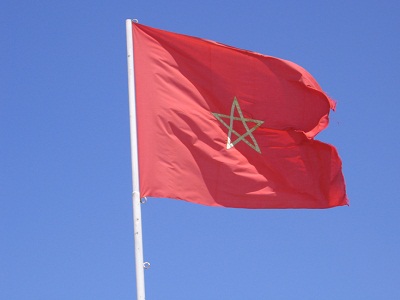One of the new ICT solutions that I have discovered and love to share with agricultural commodity value chain implementers is 8Villages, a mobile platform that links farmers to their communities of peers, input suppliers, and their external business partners.
Below is a short discussion that I had with the Founder and CEO of 8villages Mathieu Le Bras, when I spoke to him on skype from Singapore this week:
Question: A social network app for farmers – what type of farmers are you talking about?
In his response, Mathieu who is an agronomist by profession with over 10 years of experience working with smallholder farmers in the developing nations was very confident of what his ICT solution is all about. His answer was yes, a social network platform for smallholder farmers.
Of course, the follow-up question was what is the literacy level of these smallholder farmers that you are talking about?
With the current focus of 8Villages solution on Asia, beginning from Indonesia, the CEO painted a bright picture about the literacy level of the targeted farmers which is in contrast to the situation in Sub-Saharan Africa. The Global Educational statistics shows that about 48% of Indonesians live in rural villages with around 42% of its labor force in agriculture. The interesting part of this statistics is that, most children in Indonesia have high literacy rate, with around 90% of adults able to read and write. The CEO confirms this that, a very high percentage of the users of the platform are able to read and write and are perfectly using the online platform.
That said, the literacy barrier may be overcome for the users of 8villages mobile platform.
My next concern was about content for the users. Mr Le Bras as an agronomist perfectly understands the importance of quality agricultural content for successful farming by the smallholder farmers. 8Villages according to the CEO, depends on user-generated content by the users of the platform. 8Villages then uses its platform to extracts and share the content with the potential users.
So how is this done? Mathieu described the system as an online network that combines voice, SMS and the Internet to connect farmers and their partners. The platform allows users – farmers and agribusinesses to generate microblog posts about their products, share brand comparison, give feedback on products and farming techniques, and attend trainings provided by experts.
On the nature of the existing social network among farmers, Mathieu argued that for most of these ICT solutions to work, developers and program implementers need to understand how farmers behave. He explained that smallholder farmers have strong and rich social network within their communities and these networks should be utilized when thinking of communication tools for the farmers.
For more information on why the platform, and the potential benefits to the users, visit 8Villages.








































